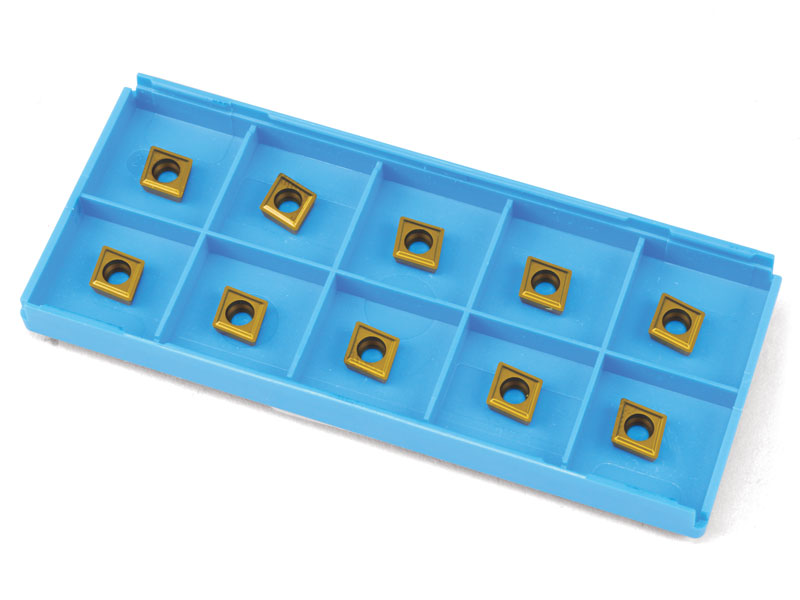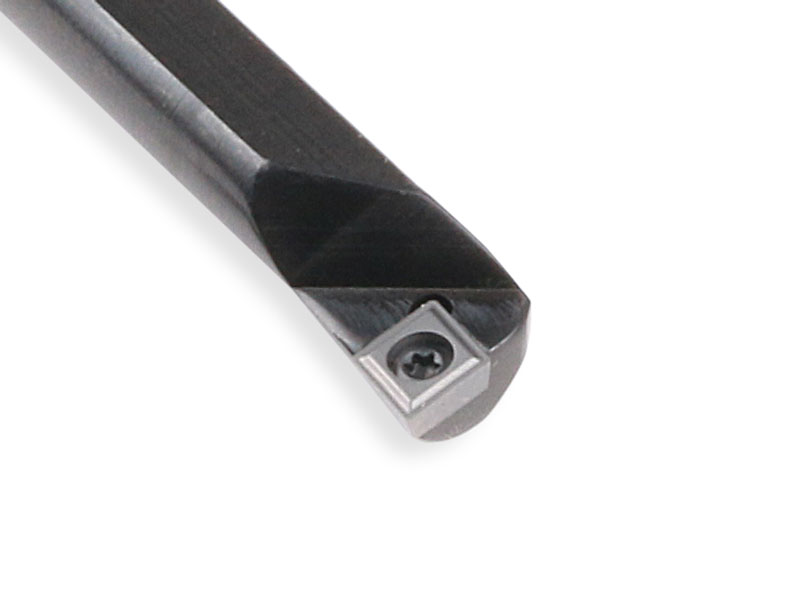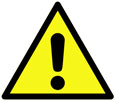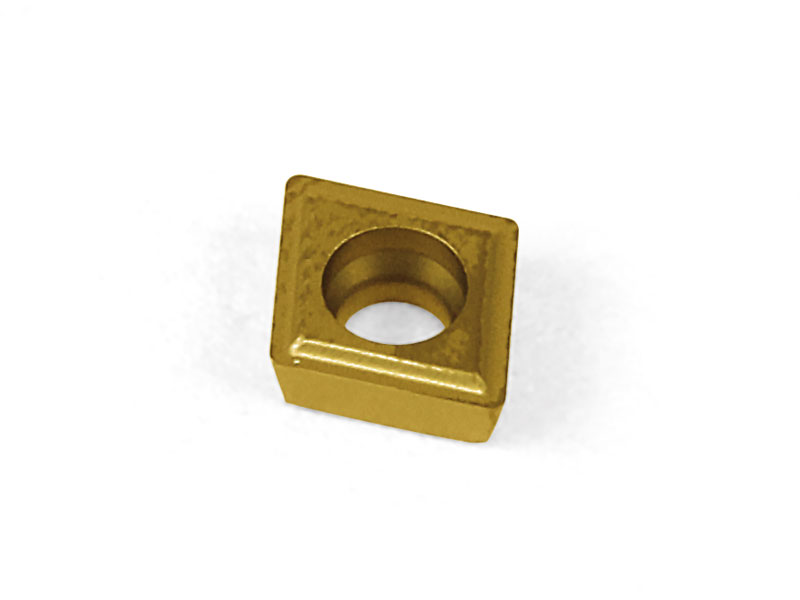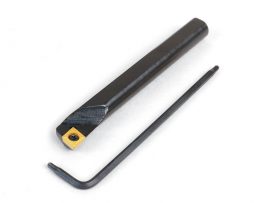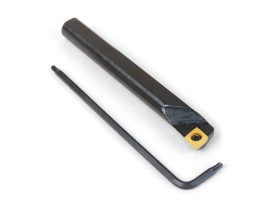Product Description
Though not inexpensive, when you consider you are getting four cutting tools in one and are saving a lot of time in tool sharpening, it is a pretty good deal.
Carbide cutters give good finishes on hard-to-machine materials such as cold-rolled steel. They will also work on aluminum, brass, or leaded steels, lasting practically forever. However, the best finishes on those materials are still achieved with a good, sharp, high-speed steel tool.
The Difference between Coated and Uncoated Inserts
| Insert Color | Insert Coating | Insert Style | Insert Size Code | General Purpose |
|---|---|---|---|---|
| Gold | Tin coated | DPMT | 21.51-C5C6 | Good for steel, stainless steel, and bronze. |
| Silver | Uncoated | DPMT | 21.51-MP2 | Good for brass, aluminum, and plastic. Has better chip lift. |
This is the 10-pack of replacement carbide inserts for the following tool holders:
